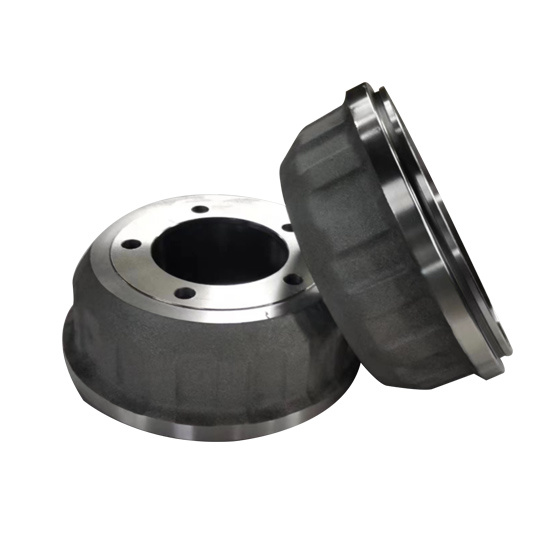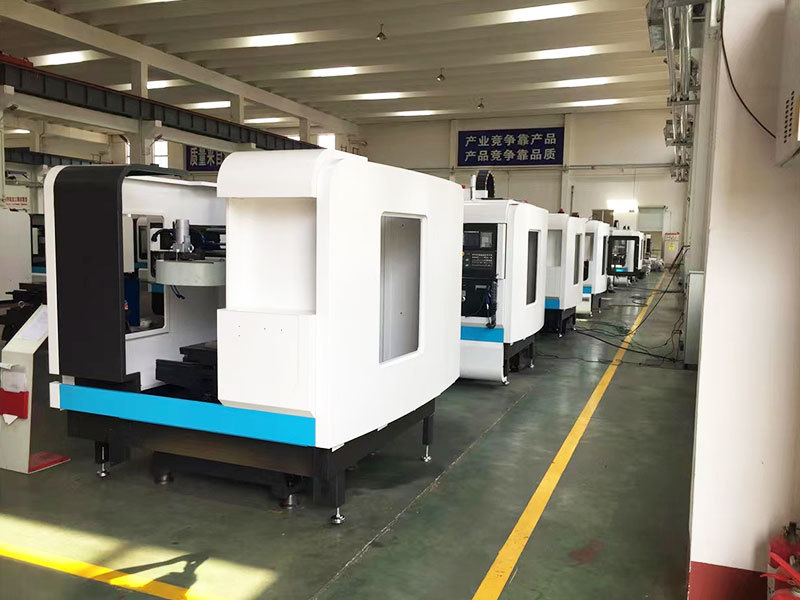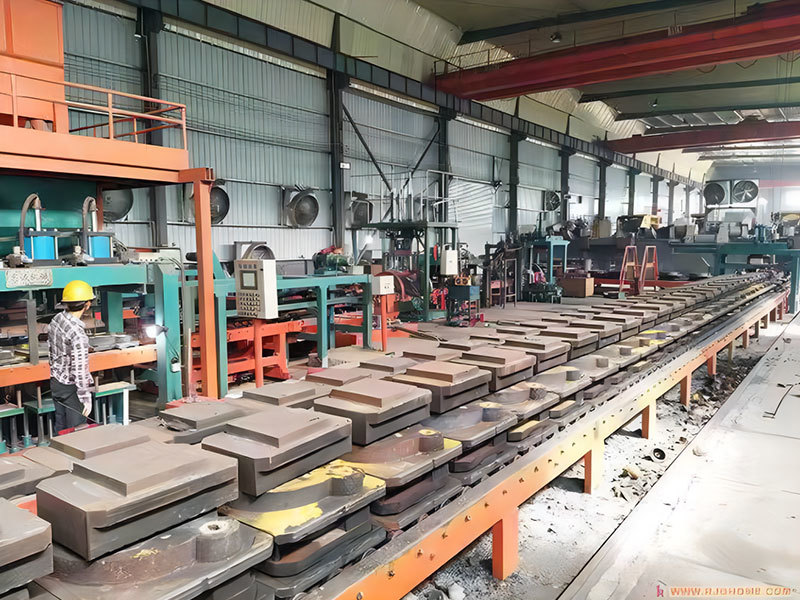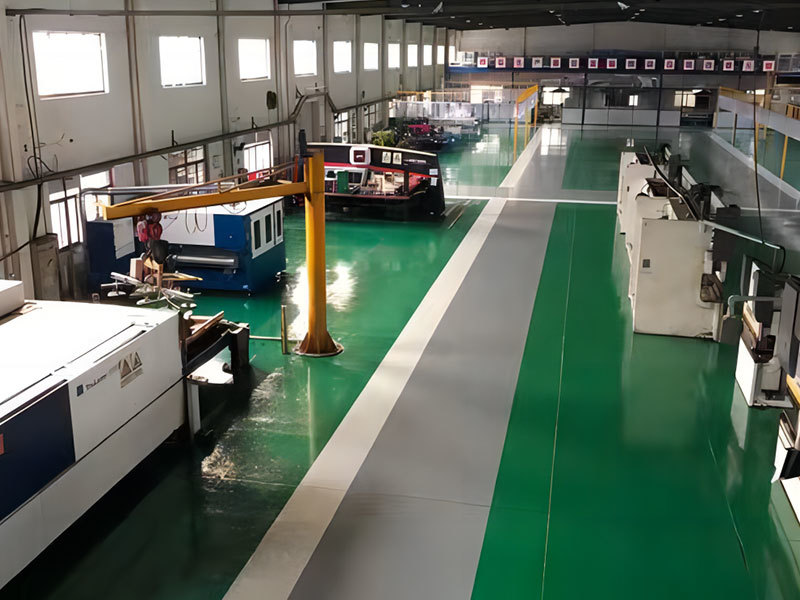Understanding Hydraulic Drum Brakes: Key Features and Benefits
Release time:
20 May,2025
Hydraulic drum brakes are a widely used braking system in various automotive applications, particularly in vehicles requiring reliable stopping power. Understanding how these brakes work, as well as their unique features and benefits, can significantly contribute to making informed decisions in the brake system domain. At the core of hydraulic drum brakes is the hydraulic mechanism, which utilizes

Hydraulic drum brakes are a widely used braking system in various automotive applications, particularly in vehicles requiring reliable stopping power. Understanding how these brakes work, as well as their unique features and benefits, can significantly contribute to making informed decisions in the brake system domain.
At the core of hydraulic drum brakes is the hydraulic mechanism, which utilizes fluid to transfer force. When the brake pedal is pressed, hydraulic fluid is directed from the master cylinder to the wheel cylinders located inside the drum. This action causes the wheel cylinders to expand, pushing the brake shoes against the inner surface of the drum. The friction generated between the brake shoes and the drum slows down the vehicle, providing effective braking.
One of the primary advantages of hydraulic drum brakes is their ability to provide a consistent and powerful braking force, which is particularly beneficial in heavy vehicles. The hydraulic system allows for smoother operation, reducing wear on components and improving overall vehicle safety. Additionally, hydraulic drum brakes are generally more cost-effective to manufacture and maintain compared to disc brake systems.
Another notable feature of hydraulic drum brakes is their self-energizing effect. When the brakes are applied, the rotation of the drum can cause the brake shoes to press harder against the drum, enhancing braking efficiency. This property makes hydraulic drum brakes particularly effective in applications where vehicle weight and stopping power are critical, such as in trucks and buses.
Moreover, hydraulic drum brakes are less susceptible to performance degradation in wet conditions compared to some other braking systems. The enclosed design helps prevent water and debris from interfering with the braking process, thereby maintaining consistent performance in adverse weather conditions.
However, it is essential to consider the limitations of hydraulic drum brakes. They tend to be heavier and may have a higher tendency to overheat during prolonged use, which can lead to brake fade. Consequently, they may not be the ideal choice for high-performance vehicles requiring rapid deceleration.
In conclusion, hydraulic drum brakes offer a reliable, cost-effective, and efficient braking solution for a wide range of vehicles. Understanding their operation, advantages, and limitations can help automotive professionals make informed decisions regarding braking systems. Whether in the context of new vehicle design or maintenance of existing systems, knowledge of hydraulic drum brakes is invaluable in ensuring safety and performance in the automotive industry.
At the core of hydraulic drum brakes is the hydraulic mechanism, which utilizes fluid to transfer force. When the brake pedal is pressed, hydraulic fluid is directed from the master cylinder to the wheel cylinders located inside the drum. This action causes the wheel cylinders to expand, pushing the brake shoes against the inner surface of the drum. The friction generated between the brake shoes and the drum slows down the vehicle, providing effective braking.
One of the primary advantages of hydraulic drum brakes is their ability to provide a consistent and powerful braking force, which is particularly beneficial in heavy vehicles. The hydraulic system allows for smoother operation, reducing wear on components and improving overall vehicle safety. Additionally, hydraulic drum brakes are generally more cost-effective to manufacture and maintain compared to disc brake systems.
Another notable feature of hydraulic drum brakes is their self-energizing effect. When the brakes are applied, the rotation of the drum can cause the brake shoes to press harder against the drum, enhancing braking efficiency. This property makes hydraulic drum brakes particularly effective in applications where vehicle weight and stopping power are critical, such as in trucks and buses.
Moreover, hydraulic drum brakes are less susceptible to performance degradation in wet conditions compared to some other braking systems. The enclosed design helps prevent water and debris from interfering with the braking process, thereby maintaining consistent performance in adverse weather conditions.
However, it is essential to consider the limitations of hydraulic drum brakes. They tend to be heavier and may have a higher tendency to overheat during prolonged use, which can lead to brake fade. Consequently, they may not be the ideal choice for high-performance vehicles requiring rapid deceleration.
In conclusion, hydraulic drum brakes offer a reliable, cost-effective, and efficient braking solution for a wide range of vehicles. Understanding their operation, advantages, and limitations can help automotive professionals make informed decisions regarding braking systems. Whether in the context of new vehicle design or maintenance of existing systems, knowledge of hydraulic drum brakes is invaluable in ensuring safety and performance in the automotive industry.
Tag:
All
- All
- Product Management
- News
- Introduction
- Enterprise outlets
- FAQ
- Enterprise Video
- Enterprise Atlas
RELATED INFORMATION












